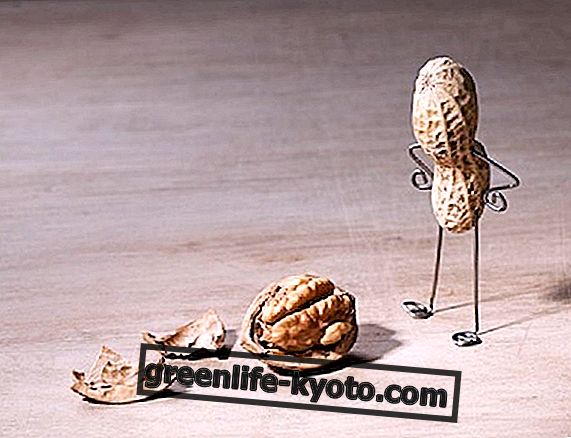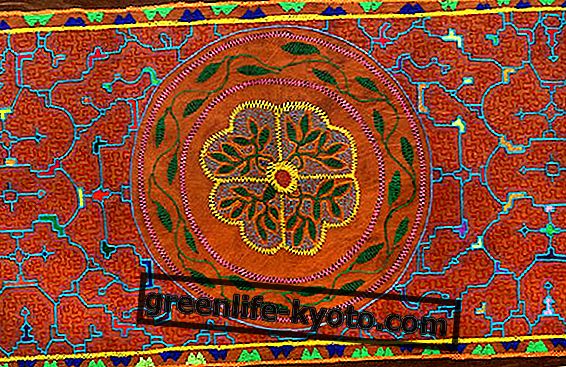
Green tea and black tea are obtained from the infusion of the leaves of the same plant the Camellia Sinensis, but there are many differences that distinguish the two types of tea.
To date, black tea is the most widespread, with 78% of world consumption, while green tea is preferred by 20% of consumers; of this twenty percent the use is almost exclusive in Asian countries while in the West it is mainly consumed black tea.
The differences concern both the place of origin and the cultivation of the plant, and the choice of different varieties of tea .
The harvesting and processing processes of the leaves are very different, and finally differ in the substances that remain in the tea leaves and which are then subsequently extracted during the infusion, thus also changing the properties and benefits they bring to the body.
Countries of cultivation and different varieties of tea
Green tea comes from the eastern lands that stretch from China to all of Japan. In this geographical area there are many varieties of green tea and it seems that we can count over 130 different subspecies cultivated in these countries.
Very well known is the Bancha variety which gives an infusion of dark color and a fresh and light taste, and is obtained from the summer of the larger leaves ; on the contrary, the leaves of the Lung Ching variety are harvested only when they are still young shoots and the consistency is still very tender. This variety is therefore considered among the most valuable and in China it is known as " source of the dragon "; its infusion has a beautiful emerald green color and the taste remains fresh and delicate.
Two other varieties of green tea are Gun Powder and Sencha, which are among the most consumed and appreciated in the West.
Black tea is grown in India, Sri Lanka, Indonesia and Africa . Among the most popular varieties we mention Darjeeling and Assam in India, Rose Pouchong in China in which rose petals are added, Sun Moon Lake from Taiwan with a spicy cinnamon and mint flavor and Ceylon black tea with flavor decided and intense.
In India, black tea is traditionally drunk every day at the time of breaks with the addition of milk and spices, obtaining the famous Chai drink.
The most used black teas for Chai are Assam and the prized Darjeeling tea, grown in a particular area of India at the foot of Mount Himalaya, at 1500 meters high, where the fields are beaten by the wind and heavy rains. The taste of Darjeeling tea is intense and reminiscent of Muscat grapes, so much so that it is also known as the " champagne of teas "
Black tea and green tea: different processing
The processing of black tea requires the collection of tea leaves which are then rolled and compressed or cut and shredded evenly. These initial processes must take place within 6 hours of collection .
Thereafter the tea leaves are placed to dry and ferment ; once the necessary time has passed for the tea leaves to be completely dried they will be ready to be bagged and sold as black tea.
Green tea, on the other hand, is not rolled and left to ferment, but as a first processing the natural oxidation of the leaves is stopped: inside the tea leaves there are enzymes that lead to fermentation and to the oxidative process that is typical instead for tea black; in green tea this process stops with the use of machines that produce steam or heat . Green tea, as the name suggests, remains green and the smell, like the taste, brings to mind that of grass or wet hay.
Green teas processed in China use the heat method to block oxidation and have a more delicate taste, while the green teas that are produced in Japan use the steam method which brings to the tea a more intense, more fragrant but also more herbaceous.
This fermentation process is the substantial difference between green tea and black tea that identifies them in particular in the taste and in the substances contained in the same leaves of tea at the end of the manufacturing processes.
Discover the varieties of tea
Green tea and black tea, properties and benefits
Both teas contain tannins, polyphenols and substances such as caffeine, theobromine and theophylline .
The tannins help reduce intestinal problems such as diarrhea having astringent properties, an action that also allows to have benefits at the level of the circulation because it helps the tightening of the vessels and thus facilitates the rise of the blood . In fact, in cases of varicose veins and capillary problems, the tannins contained in tea are an excellent help. Finally they are natural antibacterials and therefore help in case of problems created by bacterial invasions in the body.
Polyphenols, on the other hand, are antioxidant substances that help slow cell aging and fight free radicals with an efficacy 100 times greater than vitamin C.
Polyphenols are doubly present in green tea because they are preserved in hot or steam processes, while in black tea with natural oxidation during drying and the fermentation process some of these polyphenols are instructed or lose their activity .
Polyphenols are important because they prevent cardiovascular diseases, so they help the heart and blood circulation. The presence of polyphenols helps reduce cholesterol and therefore also decrease the formation of arterial plaques. They are also regulators of the lumen of blood vessels thanks to their properties of producing substances capable of acting on the formation of epithelial cells of the vascular system and to improve the contractile capacity and expansion of the arteries thus obtaining less formation of clots or inflammations due to blood stagnation. Finally, several studies show that polyphenols have anticancer properties and that drinking tea decreases heart attacks by 11%.
The presence of theobromine increases the benefits to the cardiovascular system thanks to its property of helping cardiac contraction and its diuretic action.
Theophylline is a bronchodilator that helps in cases of seasonal diseases such as colds and bronchitis or even in cases of asthma. This substance has active properties that promote muscular work both to move the diaphragm and the pulmonary apparatus.
Both teas help to lose weight thanks to their property of reducing the mass of fatty tissue present in the body and to the decrease of the lipids that are contained in the liver. Tea is a strong detoxifier that helps cleanse the body and lose weight; furthermore, as we have seen, polyphenols help dissolve fats and associated with amino substances have a diuretic action.
Black tea is distinguished by the greater benefits of protecting from tooth decay due to the presence of fluoride and reduces bone demineralization; it favors the mineral density of bones and teeth, helping especially against osteoporosis .
Also the other tissues benefit from the presence of more minerals and in particular the nails and the hair are more healthy . Finally, drinking tea seems to slow down the degenerative process of Alzheimer's disease by also raising the body's immune defenses.
Contraindications
The caffeine present in coffee is also present in the tea in a lower percentage but nevertheless carries out its tonic and activation functions of the central nervous system. This means that the use of caffeine should be controlled so as not to excite the nervous system too much especially for people suffering from insomnia, nervousness, hypertension and stress.
Better to drink tea during the day and especially in the morning, thus avoiding the evening hours. The stimulating property of the body helps to lose weight and therefore the use of tea is recommended in slimming diets with the warning to check its effect on our nervous system.
Last contraindication for caffeine is its ability to slow down iron absorption up to 40% . The people who must pay the most attention to avoiding the consumption of black tea associated with iron foods are anemic subjects, children, the elderly, sportsmen and those who have chosen vegetarian and vegan food : it will be sufficient to drink tea away from the meals to get all its benefits, avoiding interaction with iron absorption from food.











